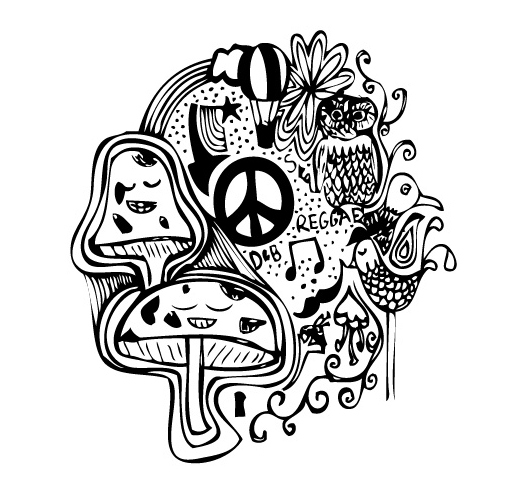This lecture looks at:
• The history of celebrity
• The relationship between photography/film/tv and celebrity
• The cultural significance of celebrities
• How contemporary identity and celebrity are
intertwined
Contemporary icons as case studies
Josephine Baker - American mixed heritage, found fame in france for her exotic dancing, her success coincides with the Art Deco Movement which takes influence from african art. In the second world war she worked for the resistance, using her film and performance career. She helped people get visas and passports to help people leave france during the war. She has a public and private persona. There are refs to her in contemporary popular culture, Beyonce takes inspiration from her banana skirt costume.
Marilyn Monroe
• The relationship between photography/film/tv and celebrity
• The cultural significance of celebrities
• How contemporary identity and celebrity are
intertwined
Contemporary icons as case studies
The Artist, 2011
Won golden globes for its portrayal of its era
Josephine Baker (1906-1975)
• Baker costumed for the
Danse banane from the
Folies Bergères
production Un Vent de
Folie in Paris in 1927
Had a pet Cheetah which
sometimes escaped into
the orchestra pit.
• a muse for contemporary authors, painters, designers, and sculptors including Langston Hughes, Ernest Hemingway, F. Scott Fitzgerald, Pablo Picasso, and Christian Dior.
• a muse for contemporary authors, painters, designers, and sculptors including Langston Hughes, Ernest Hemingway, F. Scott Fitzgerald, Pablo Picasso, and Christian Dior.
Josephine Baker - American mixed heritage, found fame in france for her exotic dancing, her success coincides with the Art Deco Movement which takes influence from african art. In the second world war she worked for the resistance, using her film and performance career. She helped people get visas and passports to help people leave france during the war. She has a public and private persona. There are refs to her in contemporary popular culture, Beyonce takes inspiration from her banana skirt costume.
Marilyn Monroe
• Actress, singer,
• Relationships with Arthur Miller and the Kennedys
• Iconic as a ‘sex symbol’
• Her death freezes this status as her image will never disintegrate
• Relationships with Arthur Miller and the Kennedys
• Iconic as a ‘sex symbol’
• Her death freezes this status as her image will never disintegrate
Andy Warhol- Pop Art
• Her face becomes a mask as it is endlessly repeated in publicity, the news,
• The idea that there is a different woman underneath ie: Norma Jean Baker prevails
• Circumstances of her death seem to confirm/not confirm this simultaneously as she becomes ‘myth’
Making a comment about how hard it is to conceive a celebrity as anything but a celebrity.
• Her face becomes a mask as it is endlessly repeated in publicity, the news,
• The idea that there is a different woman underneath ie: Norma Jean Baker prevails
• Circumstances of her death seem to confirm/not confirm this simultaneously as she becomes ‘myth’
Making a comment about how hard it is to conceive a celebrity as anything but a celebrity.
Audrey Flack’s Marilyn (1977)
• In the tradition of the 16th/17th Century Vanitas painting where objects in the image have symbollic meaning
• Photorealism- airbrush
• In the tradition of the 16th/17th Century Vanitas painting where objects in the image have symbollic meaning
• Photorealism- airbrush
Elvis Presley
• Warhol uses an image of him acting the classic American hero- the cowboy
• Blurs our vision, reminds us that the image is all we can see
• His home Graceland is a place of pilgrimage for fans, then a museum after his death
• Warhol uses an image of him acting the classic American hero- the cowboy
• Blurs our vision, reminds us that the image is all we can see
• His home Graceland is a place of pilgrimage for fans, then a museum after his death
Warhols Factory photographed by
Richard Avedon (1969)
Warhol perhaps the first person to think of turning normal people into stars by photographing them. People on the edges of society being made into stars.
The Jacksons as a brand
• Musicians /performers
• 1971 The Jackson 5 had an animated cartoon on TV
• 1976 they star in a comedy where they act as themselves
Michael Jackson
• 1971 The Jackson 5 had an animated cartoon on TV
• 1976 they star in a comedy where they act as themselves
Michael Jackson
• The changes in Michaels
appearance are
interpreted as reactions
to the abuse he and his
family suffered at the
hands of their father.
• He looks less like his father by reducing his African American features: nose, skin colour, afro hair etc.
• He looks less like his father by reducing his African American features: nose, skin colour, afro hair etc.






























